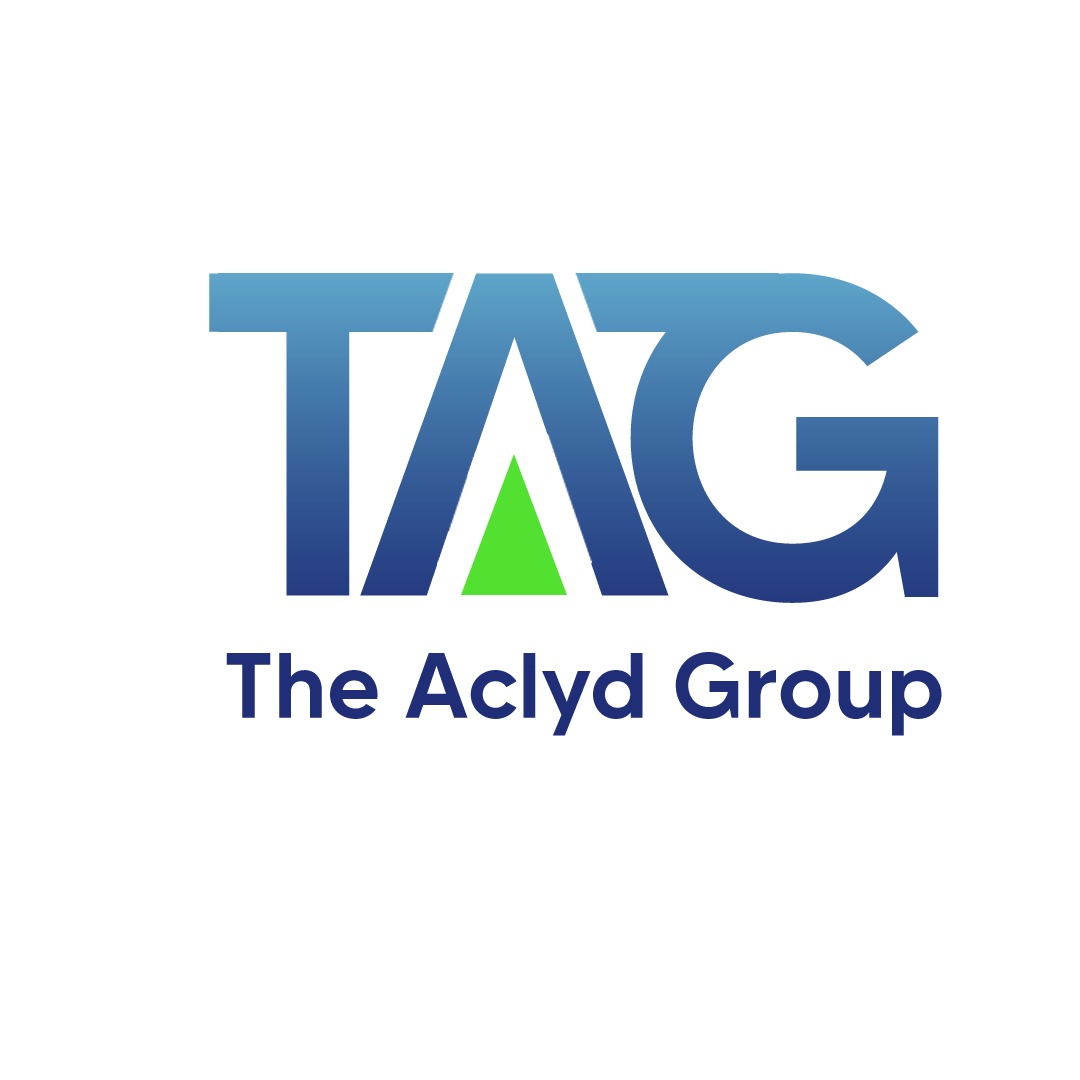Over the past two decades, sustainability has become more than a fad or just a buzz word. Research shows that sustainability has real business benefits when conscientiously integrated into business operations. Six major advantages for practicing sustainability are:
1. Improved brand image and competitive advantage. Surveying more than 53,000 U.S. consumers, the Natural Marketing Institute discovered that 58 percent of consumers consider a company’s impact on the environment in considering where to purchase goods and services and are more likely to purchase from companies that practice sustainable habits. That translates into a client base of 68 million Americans who are favorably predisposed to companies showing positive track records in personal, social, and environmental values. The Cause Marketing Forum reports that consumers also favor companies that actively support their communities: businesses do well by doing good.
The improvement of brand awareness through “doing good” is becoming one of the pillars of advertising campaigns looking at Colgate’s public awareness ads during Super Bowl promoting water conservation. We can live without electricity or paper–people did just that for millennia–but humanity cannot exist without water, especially potable water. Encouragement and practice to conserve resources not only improves brand awareness, but also penetrates at a deeper level to employees, their families, and beyond. The opportunity to enhance brand image is lost if the company doesn’t do as it preaches.
2. Increase productivity and reduce costs. Detractors of sustainability claim that sustainable business practices eat into corporate profit. Development of sustainable business practices lends itself to efficient operation that streamlines effort and conserves resources, which enhances employee productivity and reduces cost. Reducing cost also encompasses energy conservation strategies that can be as simple as turning off unnecessary lights and insulating walls to more sophisticated efforts such as installation of geothermal heating and cooling systems. Those efforts having greater overall impact will likely be more expensive to implement, but the long-term results justify the investment.
3. Increase business ability to comply with regulation. With all the discussion regarding climate change, dwindling energy resources, and environmental impact, it’s no surprise that state and federal government agencies are enacting regulations to protect the environment. Integrating sustainability into your business will position it to meet changing regulations in a timely manner.
4. Attract employees and investors. People like to be associated with the positive, especially younger generations raised on a steady diet of environmental protection messages. They do not want to be linked to companies implicated in ecological disasters and social welfare scandals. Show your company as respectful of the environment and of its employees and it will attract the caliber of people whom you want to employ and the funds your business needs to expand.
5. Reduce waste. This is likely the simplest and most obvious way to engage in sustainable practices. Beginning in the 1990s with offices collecting empty cans for recycling, the effort has grown to encompass waste mitigation in paper (conserving trees and forest habitats), value engineering of products (reworking or developing new processes that use less raw materials, waste less material in production of goods), to changing out incandescent lights for LED lights (greater efficiency combined with fewer bulbs used).
6. Make shareholders happy. Not only can sustainability be used to lower costs, but it can result in increasing profit. In their 2014 report “Profits with Purpose: How Organizing for Sustainability Can Benefit the Bottom Line,” McKinsey researched 40 companies to understand sustainability challenges and seek practical recommendations “to capture value from sustainability.” They report that a study by Deutsche Bank revealed that companies with high ratings in environmental, social, and governance factors outperformed the market in medium and long range terms. McKinsey reported similar results for studies conducted by the Carbon Disclosure Project. Those assertions are supported by calculations related to share price: “an investment of $1 at the beginning of 1993 in a value-weighted portfolio of high-sustainability companies would have grown to $22.60 by the end of 2010, compared to $15.40 for the portfolio of low-sustainability companies.”
The old truism that anything easy isn’t worthwhile applies to sustainability. It takes dedication, commitment, and follow-through from the C-suite to rank-and-file employees to jump on board the sustainability bandwagon and make it succeed. However, if your business can do it, morale and productivity will improve even as sales increase and costs decrease. It’s the ultimate win-win achievement for the shareholders, the consumers, and the employees.
Author – Michael Rogers
Michael Rogers is the Operations Director of USInsuranceAgents.com. With over 5 years of experience and knowledge in the insurance industry, Michael contributes his level of expertise as a leader and an agent to educate and secure coverage for thousands of clients.


Recent Comments